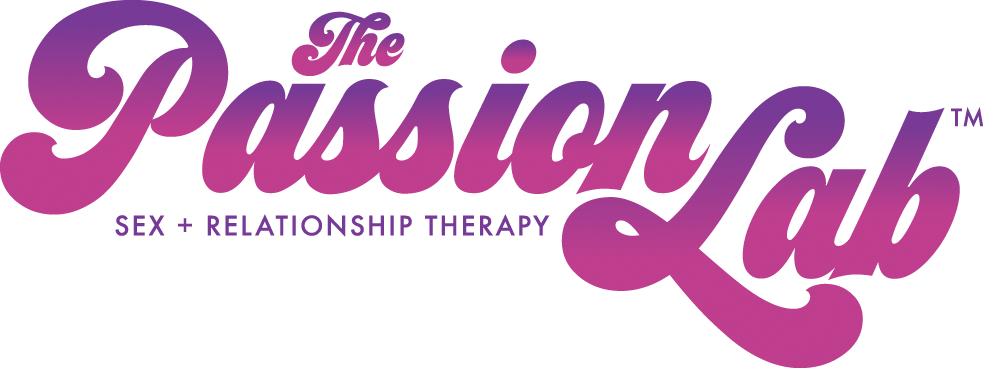The Importance of Sexual Safety
Admitting My Faults on Sexuality and Sexual Safety
Since my last post, I’ve done a lot of thinking about what it means to talk about sex in a community mental health setting. I realized I’ve been approaching it wrong! I’m okay with admitting that.
Previously Speaking on Sexual Safety
In my previous post, I put out the idea that talking about sex seems to be a privilege, from my experiences at least. Then I went to a “Sexuality and PTSD” training through the Veterans Training and Support Center and had helpful conversations with other mental health providers. I presented the same question to them, vented my struggles with talking about sex, and learned a different way to think about it: sexual safety.
What is “Sexual Safety”?
The idea that one’s physical body, spirituality, emotions, and psychological well-being are respected and maintained. If someone does not have sexual safety, then some sort of interventions must occur to help get a person close to this.
The root of my difficulties in talking about sexuality and sexual empowerment is that people need to be and feel safe before that conversation can happen. In wanting to talk about sex in a healthy, empowering, pleasurable way, I was jumping ahead. I did not recognize the importance of safety first.
There are a lot of ways someone might not have sexual safety. Here are some ideas, but definitely not all:
Maybe a person is homeless. By not having a safe place to lock and secure yourself, a person is at risk of being sexually assaulted out on the street or in shelters.
If someone has low or no income, they might engage in “survival sex,” which is using your body in exchange for resources: housing, food, money, drugs, comfort, human connection.
People with mental health issues are at risk because of issues like low self-esteem or self-worth, depression, isolation, increased risk-taking, or by experiencing psychosis or mania.
Some drug users are more vulnerable if they are high, less aware of their surroundings and lose their ability to make logical, safe decisions and provide consent.
People with physical, cognitive, and developmental disabilities are more at risk of being taken advantage of as well.
Let’s not forget the responsibility of safety does not fall just on the person at risk of abuse.
There are a lot of reasons why a person does not respect human boundaries or consent, and none of them are okay. Interventions are essential for these situations too.
Intersectional Identities and Sexual Safety
A lot of this goes back to intersectional identities: class, socioeconomic status, age, gender, ability… See how important this concept it? My role as a mental health counselor as I move forward is to bring these conversations to the forefront and think of helpful ways I can intervene and protect clients. Of course, I am not able to protect everyone, nor can I remove people from poverty, place them immediately in housing, and keep dangerous people away.
What Can I Do and What Can Be Learned From This?
Harm reduction is vital to this conversation. Providing people with free, accessible protective barriers like internal and external condoms and dental dams can reduce the risk for a person engaging in sexual survival of getting HIV or other STDs/STIs. Teaching people about (or reminding people of) consent can help prevent sexual assault. More importantly, asking these critical questions in a non-judgmental, supportive way helps open up these difficult conversations. This takes the pressure off of the client to bring it up, as it such a painful, taboo issue.

